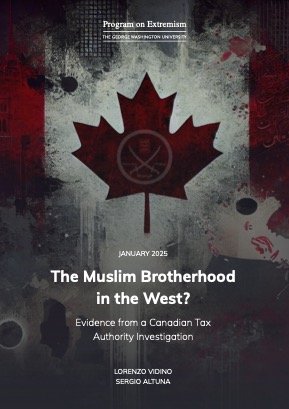By Angelica Duran-Martinez
In the mid 2010s discussions about the pertinence of negotiating with criminal groups increased in Latin America. Although controversial, such negotiations are more common than often thought. This article asks: can negotiations reduce violence and generate peace? I argue that the homicide reduction potential of negotiations depends on the cohesion of the state and on the cohesion and hierarchical control of criminal groups. This in turn generates two challenges for peacebuilding: the challenge of scaling up and down security gains beyond homicide reduction, and the challenge of creating three-way arrangements that include civilians and navigate the blurry boundaries between states, civilians, and criminal actors. To conceptualize these challenges, I also distinguish top-down and bottom-up negotiations and argue that addressing these challenges requires bridging a divide between peace building principles emphasizing the importance of local contexts, and peace processes literature focusing on objective power considerations. I substantiate the theory using evidence from long term fieldwork, archival analysis, and forty-three interviews conducted for this project in Medellín-Colombia and extend the insights to assess the potential for peace negotiations in Mexico.
Crime Law and Social Change 82(4):867-891, 2023





















